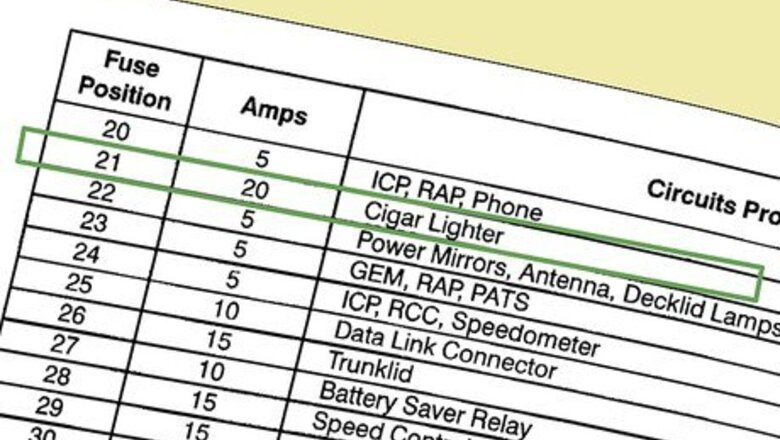
views
Replacing a Dead Fuse
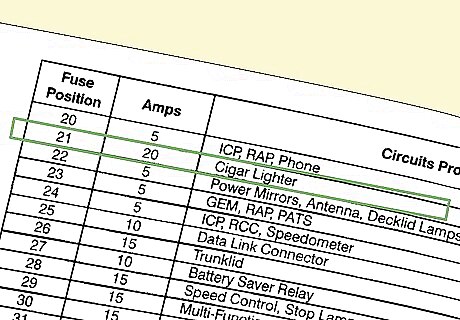
Search the owner’s manual to find the cigarette lighter’s fuse panel. Since your car probably has multiple fuse panels located in different places, rely on the owner’s manual to locate the panel you need! Look for terms like “fuse panels” and “cigarette lighter” in the index to pinpoint the right panel. If you don’t have access to a paper or online manual, search the vehicle manufacturer’s website or contact your car dealer. Common fuse panel locations include under the hood, beneath the steering wheel, and in the trunk.
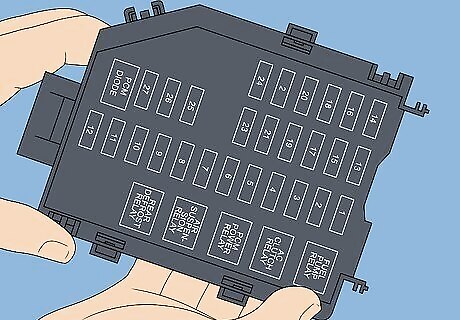
Use the legend on the panel’s cover to pinpoint the lighter’s fuse. Once you find the correct fuse panel, pop off the plastic cover or lid—they usually come off with minimal effort. Once the lid/cover is off, flip it over and check the legend (diagram) that identifies all the fuses in the box. Find the one marked “cigarette lighter” (or similar) on the legend and locate the corresponding fuse in the panel. If you can’t figure out how to remove the lid or cover, consult the owner’s manual. Do the same if the legend is missing, obscured by grime, or too confusing to decipher.
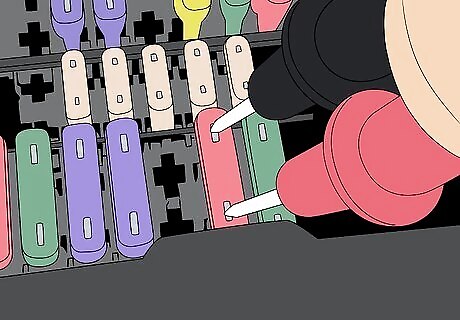
Test for a current (continuity) in the fuse with a multimeter. Plug the multimeter’s black test lead into the “COM” jack and the red lead into the jack labeled “VΩ,” “VΩmA,” or similar. Turn on the device and set the dial to check for continuity, which is usually indicated by a symbol that looks like a sound wave [ )))) ]. Touch one probe tip at one end of the exposed part of the cigarette lighter’s fuse, and the second probe at the other end. Always follow the specific instructions for your multimeter. Depending on the device, it will likely beep, flash, light up, or display a readout that indicates continuity. If there is no continuity, the fuse has blown and needs to be replaced. If there is continuity, the fuse probably isn’t the problem with your cigarette lighter. Go ahead and replace the fuse at this point anyway, just to be sure it’s not contributing to the problem in any way.
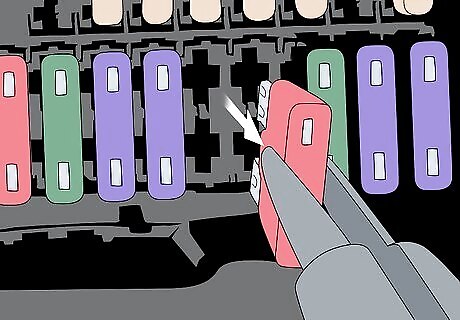
Pull out the fuse with the tool included inside the panel, if available. Fuse panels often include a removal tool that is essentially a pair of short plastic tweezers. Grasp the exposed top of the fuse with the tweezers and pull it straight out. If the panel doesn’t contain a removal tool, use household tweezers or needle-nose pliers from your toolbox. The removed fuse will probably look a bit like a translucent pulled tooth. The wire inside the fuse is likely to be broken, blackened, or both.
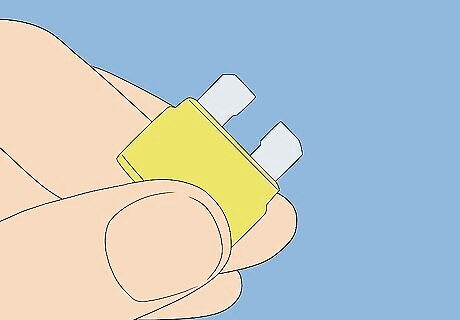
Find a matching replacement fuse in the panel or at an auto parts store. Some panels include several spare fuses. If this is the case, pick out a spare that is an exact match in size, color, and labeling—cigarette lighters, for example, usually use 20 amp fuses that have “20A” printed on top. If there aren’t any spares, bring the dead fuse with you to an auto parts store and buy an exact replacement. Automobile fuses are inexpensive, usually running only $1-2 USD apiece. Buy a few matching replacements just in case you end up with a “dud.” Make sure to use a spare fuse from the panel, not one that’s currently in operation—check the legend!
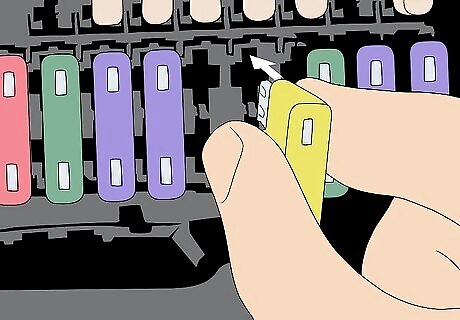
Press the new fuse firmly in place with your fingers. Line up the new fuse’s 2 prongs (the “roots” in the tooth analogy) over the holes in the correct fuse slot. Press straight down with just enough pressure to seat the new fuse in place. When seated properly, it will be even with all the surrounding fuses. If you’re having trouble lining up the fuse properly, use the removal tool to position the fuse. You’ll still have to press down with your finger in order to seat the fuse, though.

Test the fuse with your multimeter, then try out the lighter socket. Run another continuity test with your multimeter in the same way as before. The multimeter should light up, beep, or otherwise indicate continuity. If so, try out the cigarette lighter in the car to confirm that it’s working properly. If it is, you’re all finished! If you don’t have continuity, pull out the new fuse and try another replacement. If this still doesn’t work, you almost certainly have a wiring problem that should be addressed by a licensed mechanic.
Testing the Socket
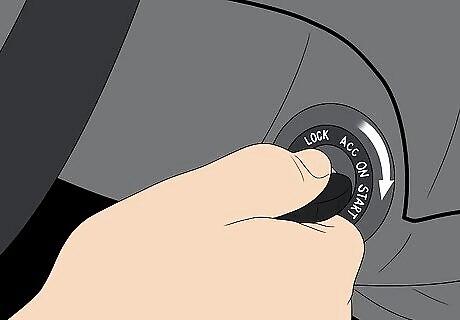
Turn on the vehicle if the socket is only meant to work that way. If you have a cigarette lighter that’s actually intended to light cigarettes—as opposed to serving only as a power receptacle—it may only operate when the vehicle is running. Consult the owner’s manual to confirm whether the socket should operate when the vehicle is off. If you’re still not sure if the socket should work when the vehicle is off, turn on the vehicle during the test.
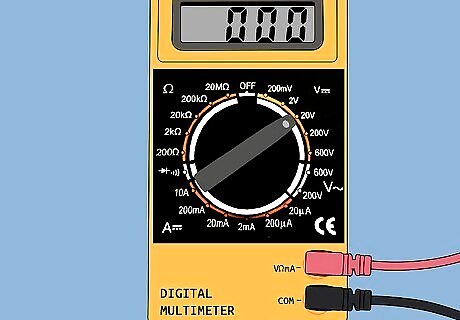
Adjust your multimeter to test for DC voltage. Follow the specific instructions for your multimeter, but expect to turn the dial to “20 DCV”—which tests for direct current (DC) at up to 20 volts. Cigarette lighters run off of a 12-volt car battery, and you always want to “round up”—in this case, to 20 volts—to ensure an accurate reading. Your multimeter may use a symbol to denote DC voltage. It’s usually a capital V with 3 hyphens [ --- ] right above it, and a solid horizontal line [ — ] right above that. Make sure your probe leads are plugged into the multimeter properly, based on the product instructions. Generally speaking, the black lead should be plugged into the black “COM” socket, and the red lead should be in the red “V” socket (not the red “A” socket, which tests amperage and won’t produce a result here).
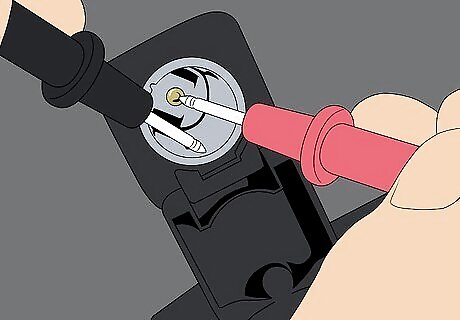
Test the socket by touching the probes to its bottom and side. Stick the red, positive (+) probe into the socket and touch the tip to the gold-colored contact point in the bottom of the socket. Then, touch the tip of the black, negative probe anywhere along the inner side wall of the socket. While holding the probes in place, check the readout on the multimeter: If the car is off and the socket is working properly, you should see a readout at or close to 12 volts. If the car is on, the readout may be closer to 14 volts. If the readout is substantially below 12 volts, and definitely if it’s at zero, the socket requires repair and/or replacement.
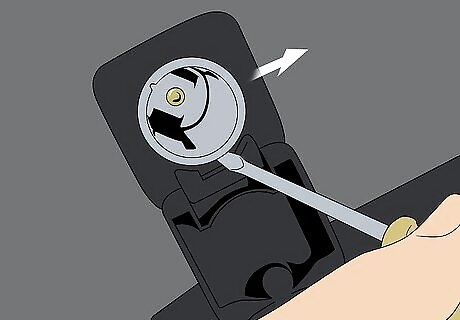
Replace the faulty lighter socket yourself or have a pro do it. It’s possible for a moderately-skilled DIYer to remove and either repair or replace a faulty socket, with the help of the vehicle’s owner’s manual—and a good wikiHow article on the subject! Before you start pulling off interior panels to get to the socket, though, ask yourself how confident you are in your skills. It’s perfectly reasonable (and probably safer) to have a licensed mechanic do the job for you. If you do choose to work on the socket yourself, be sure to disconnect the car’s battery first.
Troubleshooting Other Problems
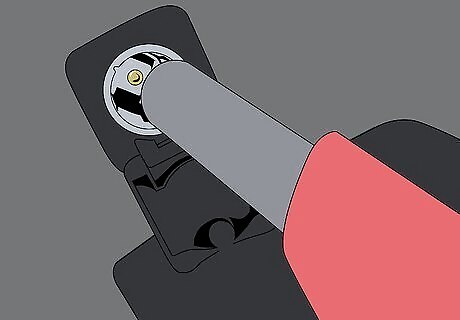
Vacuum out any debris in the bottom of the socket. If you have a small car vacuum with a plastic hose tip, stick it into the socket gently and suck out any dust and debris in the bottom. If you only have a larger vacuum, cut a toilet paper tube lengthwise so you can form it into a cone shape—one end wide enough to fit over the vacuum’s tube, the other end narrow enough to fit deep into the socket. Debris in the bottom of the socket can block the connection between the contact plate on the bottom and whatever item you plug in.

Adjust the socket’s prongs if they don’t hold items in tightly. Locate the 2 metal prongs on either side of the gold-colored contact plate in the bottom of the socket. Use a dull (not sharp) plastic (not metal) tool, such as the grip end of a disposable fork, to bend the prongs away from the outer wall of the socket and towards the contact plate. Bend them until they’re perpendicular to the bottom of the socket. This little trick will help if your phone charger or other plug-in item tends to come loose or fall out of the socket. It’s worth repeating—don’t stick sharp objects or metal objects (other than properly-sheathed multimeter probes) into the socket. You’ll damage the socket, get a shock, or both!
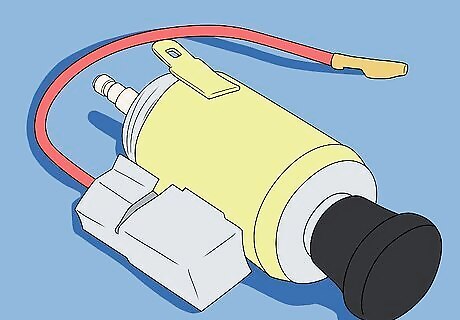
Switch out a bad lighter plug with a manufacturer-approved replacement. If your car has a cigarette lighter with an actual push-in plug (or “button”) that can light cigarettes, the plug itself may be the problem. If so, pull it out, take it to an auto parts store, and buy a matching replacement. Test the new plug by pressing it all the way into the socket, waiting until it automatically pops back out part way (after about 10 seconds), pulling it out carefully, and confirming that the tip is hot. Contact the car manufacturer if you’re having trouble finding a matching replacement.




















Comments
0 comment